
A New Year, a new start and a new home. But what does 2017 hold for world property markets? And what next for house prices both in the UK and around the globe?
Here is our 2017 essential guide for those searching for an investment property, planning to buy a holiday home or simply considering their next move. Leading property professionals share their predictions for 2017 and beyond. Twenty experts from France, Italy, Spain, Germany, Portugal, London and across the UK, reveal market movements and industry insights for the year ahead.


1. Barcelona, Madrid and Valencia, Spain
“The Barcelona property market continues to attract investors from all over the world, thanks to its exceptional lifestyle and investment potential. In 2017, we expect new development project sales to drive the residential property market in Barcelona. There are a number of benchmarks pushing developments located in prime areas of the city that are certain to attract international lifestyle investors.
“We expect prices in the city centre to continue to increase, possibly into the double digits. Other larger projects that should come to market in the first half of 2017 are located in the Left Eixample, Diagional Mar and Poblenou, areas that are perfect rental investments. They will also attract non-European buyers looking to take advantage of the Golden Visa residency ruling.
“Our prediction is that sales in these developments will make up a high percentage of the mid-market transactions realised by foreign buyers. We predict further growth in the national market, more specifically in the Zona Alta, as the economy recuperates and financing becomes more accessible.
“We believe that Barcelona, along with Madrid and Valencia will continue to be investment hotspots for the year to come, and capital gains growth will be consistent throughout.”
Rod Jamieson, Director of Operations at Lucas Fox (www.lucasfox.com)


2. Berlin, Germany
“Germany is one of the safest markets in the world in terms of price volatility, but there is still potential for future growth and no real sign of a bubble. We recommend renting micro-apartments in Berlin. Prices for micro-apartments typically start at €100,000, while average rental income is around €400 (4% per annum). Risks associated with this type of investment are very low as about 80-85% of Berlin residents are renters, and demand outstrips supply. Plus, there are good financing options as German banks offer 50% LTV for 1.5-2% per annum.”
Yulia Kozhevnikova, Real Estate Expert (www.tranio.com)


3. Bordeaux, Nantes, Toulouse, France
"It has been a strong year for French property. The market is well and truly on the up with total sales numbers increasing by 15% in the last 12 months, to 839,000. This is the highest sales volume seen since the Crise Financiere struck back in 2008.
“The Notaires de France report that buyers have sensed the end of falling prices and are taking advantage of the historically low interest rates to make the most of this "moment opportun". They estimate that prices rose by around 0.5% in 2016 and are forecasting a rise of around 2% for apartments and 2.7% for houses in the coming year.
“Of course, this is the national picture and both price & demand vary regionally. Some hotspots have seen prices rise by up to 6% (Bordeaux, Nantes, Toulouse included). Overall, Leggett Immobilier has seen a slight increase in sales over 2015 (which itself was a record year).
“We have a French election coming up in April, which will have been preceded by elections in both Germany & Holland. Nonetheless, we expect the French property market to continue growing - both in number of sales and in average house prices. The Notaires de France forecast rises of 2-3% and this seems a sensible prediction. The one caveat we would give is that France is made up of thousands of micro markets and some rural areas may continue to see low demand and stagnant prices. It's notable that buyers are still looking for a bargain and vendors must price their houses correctly to record a sale."
Trevor Leggett, Chairman of Leggett Immobilier (www.french-property.com)


4. Lisbon, Portugal
“Lisbon prices are rising, but there is still potential for a further increase. Despite high price growth rates, Lisbon remains one of the most affordable European capitals. Our analysis of data obtained from the National Statistical Institute of Portugal revealed that between 2010 and 2013, residential property prices in Lisbon slumped 21%.
“As of June 2016, prices in Portugal are 8.5% higher than they were during the nadir, and 9.5% lower than the peak value. This means that the market is approximately halfway through its cycle, and prices still have solid growth potential.” We recommend investing in value-added projects in Lisbon or buying renovated apartments and renting them out.”
Yulia Kozhevnikova, Real Estate Expert (www.tranio.com)


5. Italy, Tuscany, Abruzzo, Molise and Basilicata
“The Italian property market, from the point of view of overseas buyers is not to be influenced by international events, such as Brexit, the USA elections or the Italian Referendum.
“British people are still among those who want a second home in Italy, along with Germans and Americans, who are at the top of our ranking. This increase in interest across Italy won’t stop in 2017 and, as we foresaw last year, lesser known destinations offer the Italian lifestyle and a mild climate, but at attractive prices. Lunigiana in Tuscany, Abruzzo and Molise are just a few examples.”
Simone Rossi, Managing Director of Gate-away.com (www.gate-away.com)

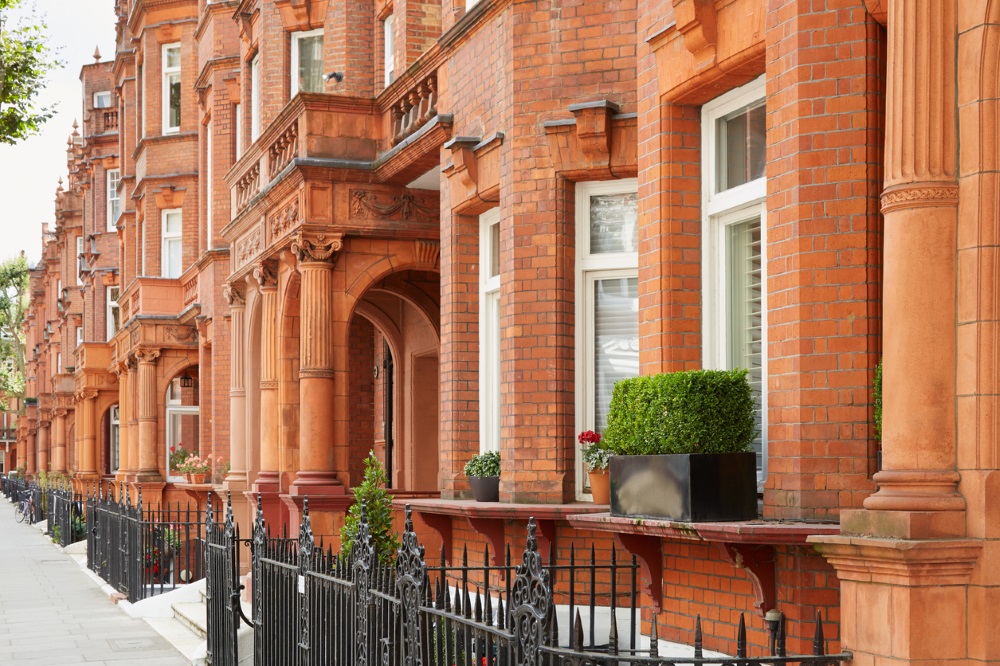
6. Belgravia, London, UK
“There will be greater stability across London in the New Year with more interest from foreign buyers, looking to the UK as a safe haven. Elections will take place in Germany, France and Holland next year, but the UK has passed that period of uncertainty.
“As seen at the end of 2016, buyers from Hong Kong and the US were already showing added interest in the capital, I expect this to continue. I predict that the government will review both stamp duty and taxes for foreign buyers in the UK. The capital will be the first place that international buyers will consider.”
James Bailey, Chief Executive of Henry & James (www.henryandjames.co.uk)


7. Barcelona, Spain
“Since 2013, property prices in Barcelona have increased by 21%. However, they are still 26% lower than they were in 2007. This indicates enormous price growth potential and many lucrative opportunities for speculative investors eyeing redevelopment projects.
“Property prices in Barcelona are expected to grow faster than those in Spain as a whole. The average nationwide price growth is likely to stay moderate, while in Barcelona prices may grow by 10% or more in the best parts of the Sarrià-Sant Gervasi, Ciutat Vella and Eixample districts.
“Our advice is to invest in value-added projects in the Catalonian capital in 2017. There are still bargains on the market, and refurbished old properties are being sold as newly-built houses for €5,000-15,000 per square metre. Value-added projects typically yield around 12-15% per annum.”
Yulia Kozhevnikova, Real Estate Expert (www.tranio.com)


8. Berlin, Germany, Warsaw, Poland
“In the first part of 2017, we will see the start of renewed interest abroad – if sterling holds steady – as investors find residential investment property in German cities such as Berlin and Warsaw in Poland are more attractive than the UK’s residential market. They offer a different taxation and landlord regulatory regime, as well as providing diversification in the wake of the uncertain nature of Brexit.
“The second half of 2017 will see shifts in the UK property market, as some investors change the nature of their residential properties into serviced accommodation, to avoid the residential buy-to-let taxation. 2017 will also bear witness to the emergence of ‘newer’ categories of commercial investments such as purpose-built student accommodation (PBSA). Whilst many landlords will make use of Limited Company vehicles to minimise some of these tax changes, it is not the ideal solution for many investors.
“It remains to be seen, what effect the transfer of letting agent tenant fees to landlords might have. The nature and timing of these are uncertain. Agents may well find a different set of fees to charge tenants, to plug the gap, or landlords may hike their rents, thus exacerbating the supply problem in the Private Rented Sector.”
Louise Reynolds, Director of Property Venture (www.property-venture.com)


9. London, UK
“The biggest talking point in 2017 is going to be stamp duty, followed closely by further uncertainty surrounding Brexit.
“There have been an increasing number of campaigns launched recently in favour of slashing stamp duty and this is fully-expected to continue into 2017, until the policy is addressed. Since the additional 3% tax was introduced in April, it has had a huge impact on the market as a whole, particularly in prime central London, where prices are already high and many Londoners are prohibited from buying a second home.
“If small changes were to be made to the banding, the market would receive a much needed boost. What’s more, there should be further banding from the £1.5m threshold upwards, allowing the levy to be decreased in the lower price brackets.
“Brexit will also continue to be widely talked about across the sector with ongoing uncertainty around how the market will react to the possible activation of Article 50 next year. What we do know is that uncertainty among buyers undoubtedly slows the market. However, we can be comforted in the knowledge that the UK property market is resilient and can bounce back from any insecurity, with London continuing to provide a safe haven for property investment.”
Simon Tollit, Director of Central London Sales, at United Kingdom Sotheby’s International Realty (www.sothebysrealty.co.uk)


10. The French Alps
"When it comes to ski properties, the amenities and facilities of a ski resort are becoming just as important as the size and quality of the wider ski area for property purchasers. Demand for access to year-round activities with a family-friendly focus is also increasing. Both trends make a resort-centre location a must now for ski property developers. We're anticipating an increase in demand for resorts such as Les Gets, which is just 1 hour from Geneva Airport.”
Patrick Remme, CEO and Founder of Alpine Lodges (www.alpine-lodges.co.uk)

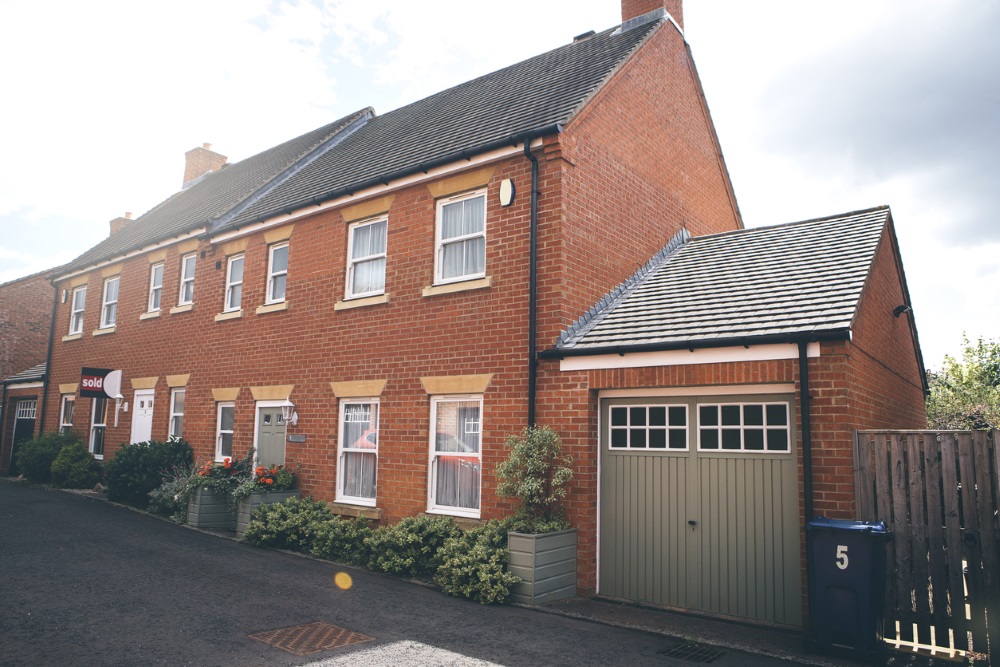
11. The UK Market
“Brexit will be of interest to overseas investors in 2017. Sterling is languishing at its lowest rate against the dollar for decades, which creates opportunities for property investors buying in foreign currencies to make substantial savings by purchasing in the UK. With further currency fluctuations expected around the Article 50 triggering process in March, overseas investors are likely to be poised and ready to pounce.
“Despite a forecasted lower number of sales, there is likely to be positive news when it comes to prices. Although residential buy-to-lets will be more heavily taxed than before, there continues to be a chronic shortfall of properties in the UK, coupled with increased demand. Put simply, there are not enough properties being built to fulfil demand. This under-supply is expected to lead to increased prices in 2017 or, in the worst-case scenario, property prices remaining flat.
“Challenging circumstances can create exciting new opportunities for investors. Political change can have a big impact on property markets, but that doesn’t mean the impact will necessarily be negative. Where one asset class or location may miss out, another will surely come along to reap the benefits.”
Jean Liggett, CEO, Properties of the World (www.propertiesoftheworld.co.uk)

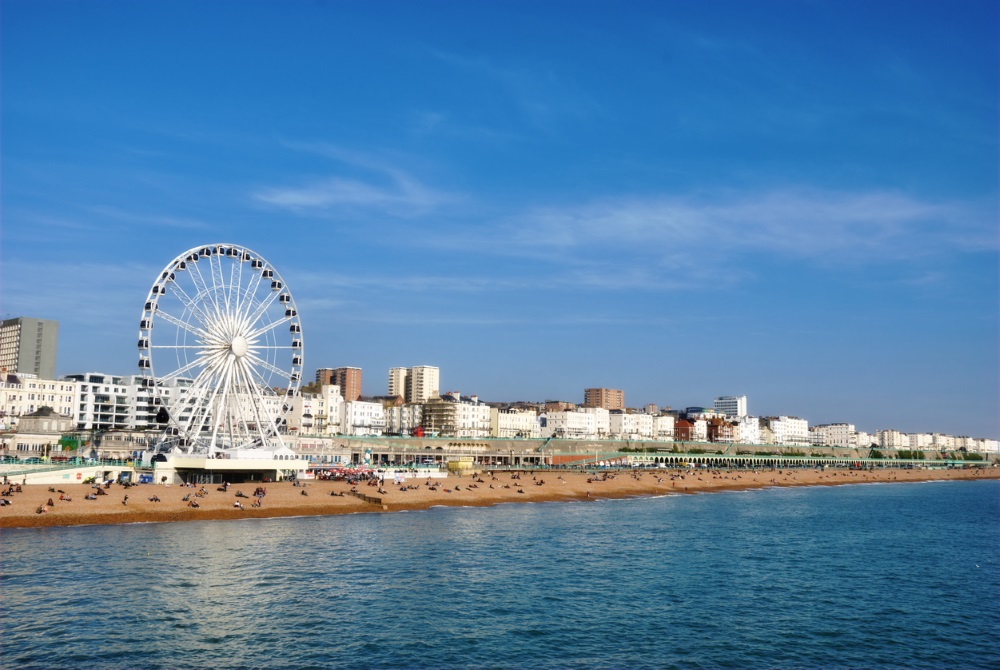
12. Brighton & Hove, East Sussex, UK
“Despite downward pressures on the market from stamp duty changes and the Brexit Vote, I believe the high-end of the market will remain resilient for five reasons:
“Generally, over the last couple of months, there has been good activity and we’re hoping that will continue next year, with prices expected to stay the same or rise slightly.”
Adam Farrell, Director, Fine & Country Brighton & Hove (www.fineandcountry.com/uk/Brighton-and-Hove)


13. London, UK
“Despite the reporting of over-supply in the capital – which is limited to specific hubs such as Nine Elms – there are not enough good quality homes in London. To be successful, developers will have to work hard to create homes that stand apart from the masses. They will need to offer more than the average, be that in location, style or specification and they will need to do that while hitting the same price point as the rest of the market.”
Will Herrmann, Director of West Eleven (www.westelevenlimited.com)


14. The UK Market
“Despite Brexit and this year’s tax changes, the UK’s property prices will probably remain in positive territory over the next year. I believe that we are looking at national growth of around 3% in 2017 for house prices. This will be driven by healthy growth in the towns and cities outside of the M25, where investors can get better long-term yields for a sensible price point. This will counter growing weakness in the London market.”
Stuart Law, Chairman of Assetz Property (www.assetz.co.uk)

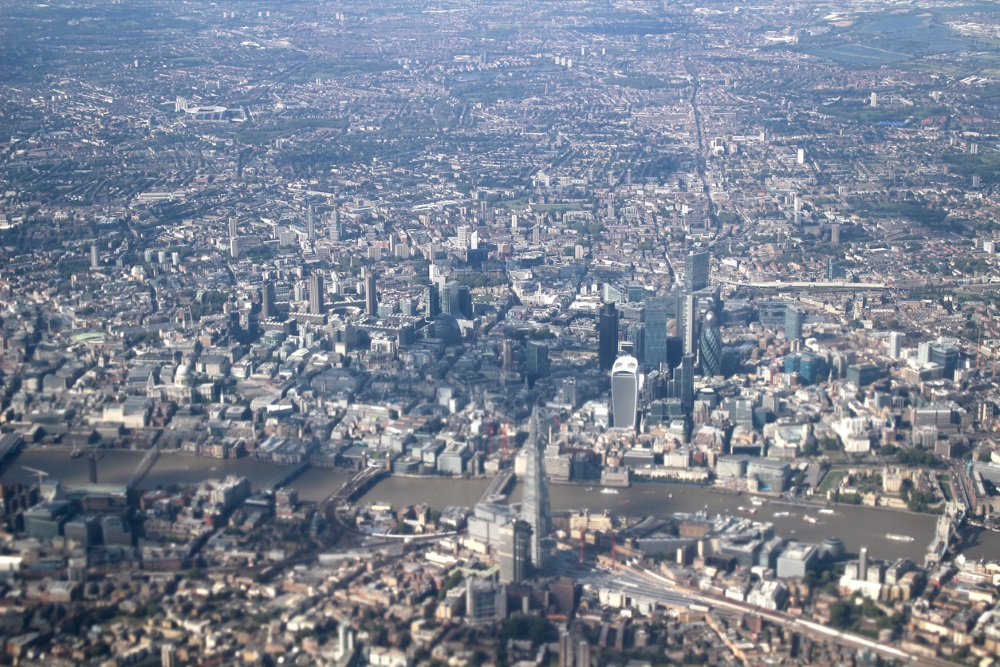
15. Greater London, UK
“As the Crossrail project heads towards completion, house prices along the new Elizabeth Line continue to accelerate, with homes situated on the route seeing around 16% higher prices than the Greater London average. In particular, we are expecting areas such as West Drayton and Slough to be popular with buyers in 2017; both are among the top stations to benefit from the new rail service between now and 2020, with house prices expected to rise by around 50%. We will continue to see strong international investment across the capital in 2017 with outer boroughs especially set to experience considerable growth.”
Robert Fraser, Managing Director of Fraser & Co (www.fraser.uk.com)


16. Retirement Living, UK
“The Government reaffirmed its commitment to home ownership in 2016. We’ve seen renewed promises of affordable homes, more initiatives to help first time buyers save and a booming buy-to-let market. This year has also experienced its fair share of volatility following the vote to leave the EU, but also opportunity in the form of Philip Hammond’s announcement in the Autumn Statement that investment was needed in all forms of housing. For too long, there has been a distorted focus on first-time buyers, and it is a relief to see this view start to change because the demand for quality retirement housing is only growing.
“However, there is still a gaping hole when it comes to the older generation: a staggering lack of measures to address care. The NHS and care system is struggling at the lack of appropriate housing for those who don’t need to be in hospital and this is putting a huge strain on available beds. The fact that there are now plans to increase council tax to bail out social care services for the elderly is itself evidence of how far the situation has been allowed to spiral. Further pressure will come as the UK negotiates its exit from the EU. For a sector so dependent on an EU migrant workforce, it’s hard to underestimate the impact these workers being forced to leave could have.
“So while there is movement in the right direction, far more has to be done to combat both the care crisis, and lack of aspirational retirement properties. We need to incentivise people to downsize, live in their own homes and maintain their independence, but with the knowledge that flexible care is there as and when they need it. Over 65s are the fastest growing proportion of the population and by 2039 there will be more than a million people aged over 90 in the UK. If we continue to talk about it, but take no further action, we can only expect the pressure to worsen.
“It is absolutely vital that as we enter 2017, we maintain momentum. The Chancellor has made the first move by broadening the housing spotlight, and we need to ensure this commitment is kept.”
Nick Sanderson, CEO, Audley Retirement Villages (www.audleyretirement.co.uk)


17. Central London, UK
“According to UK Land Registry figures, in November 2007, the average price of a London property was £297,648, which increased to £487,649 in November 2016. Although London property prices are increasing, if you look at the exchange rate that someone with any US Dollar pegged currency - in this case Hong Kong Dollars - would have had to pay, London property is actually six per cent cheaper in Hong Kong Dollars than it was in 2007. As such, I fully envisage a strong flow of Asian money coming into the London market in 2017 as it remains a safe haven for property investment despite temporary uncertainty surrounding Brexit.”
Neil Jensen, Regional Director of Middle East & Asia, Fraser & Co (www.fraser.uk.com)


18. Central London, UK
“A ‘beacon of hope’ started to shine brighter from the middle of September (2016) when activity picked-up in the lower to middle price ranges. We hope and trust that this will provide a ‘contagion effect’ on the higher price sector.
“Due to the depreciated Pound, inflation may well rise and hopefully peak in 2017 and, one hopes that interest/mortgage rates will remain low for quite some time to come. Good fixed rate deals are becoming less plentiful and it is now in the consumer’s interest to ‘snap these up’ before they disappear.
“The word is out, among the international community, that UK/London property is cheap. The devaluation in the Pound is seducing buyers from other currency denominations to purchase property here, which is having a positive effect on liquidity and we are seeing an appreciable rise in the numbers of buyers looking to commit themselves at the moment, particularly from China, Asia and the Middle East. When you add the currency discount to the depreciation in values this amounts to a 50% discount which, hopefully, will prove irresistible to buyers, when compared with other major financial capitals of the world, where prices have not depreciated i.e. New York, Frankfurt and Paris.
“Taking all these factors into account, it is our belief that the excess supply will be slowly absorbed and this could possibly herald the low point in the market, with only an upward direction in values as the next predictable change.”
Trevor Abrahmsohn, Managing Director of Glentree Estates (www.glentree.co.uk)

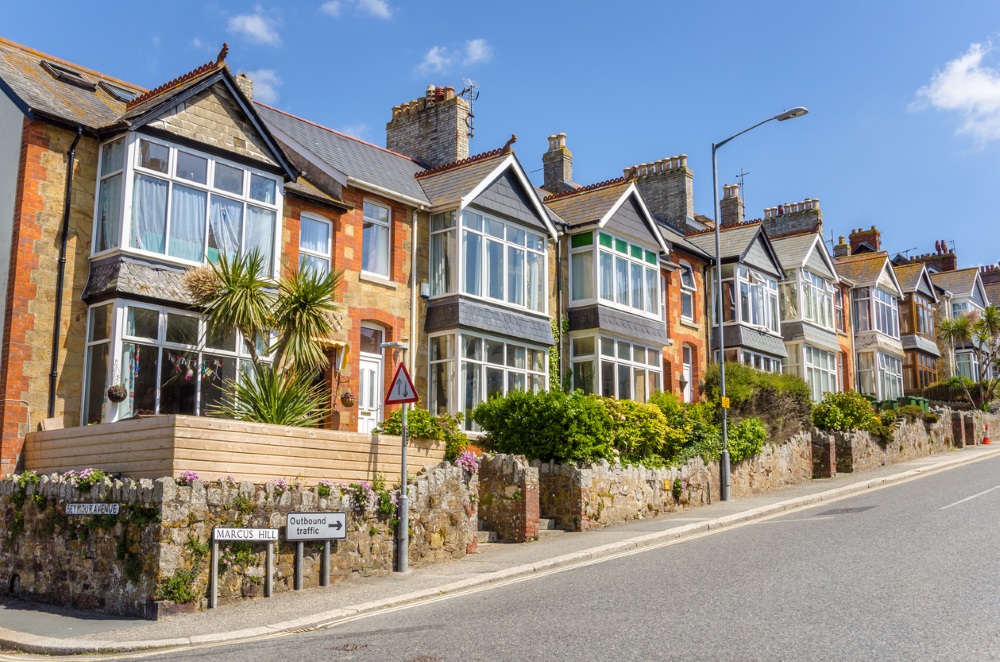
19. UK Market
“There will be no change next year to the equation that has governed the property market in 2016: demand will continue to outstrip supply, which will drive up average property prices. House price inflation won’t be as high in 2017 as it has been in recent years, with some buyers and lenders impacted by Brexit, global political and economic uncertainty and recent property taxes in the short term. This means that the 2017 property market might turn out to be one that so many have craved in recent years, with more moderate price growth helping affordability.”
Nick Leeming, Chairman of Jackson-Stops & Staff (www.jackson-stops.co.uk)


20. Wales
“Wales in general will remain stable with a minimal price increase of 1-2%. However, there are exceptions. I predict character sea view properties, particularly those standing alone, in popular locations around the West Wales coast will continue to soar. This is due to the scarcity value coupled with the rise in the popularity in holiday lets and second homes.
“Holiday lets are still tax efficient and there is high demand for rentals fuelled by the huge rise in ‘staycations’.
“Prices in Cardiff and Swansea are also likely to see increases that will far outrun that of the market as a whole. This is because of the huge investment being made for regeneration and high demand for properties in these locations.”
Carol Peett Managing Director of West Wales Property Finders (www.westwalespropertyfinders.co.uk)

Stuart was the Telegraph's Property Editor for five years, where he transformed their online platforms. Now he is an editor, writer and digital strategist for Everything Overseas. He specialises in places, prices and properties in the world of real estate. He is also a director of Everything Overseas, overseeing the direction of the channel.
More articles by Stuart Penney | View all our authors
Or you can read more about your chosen country:
